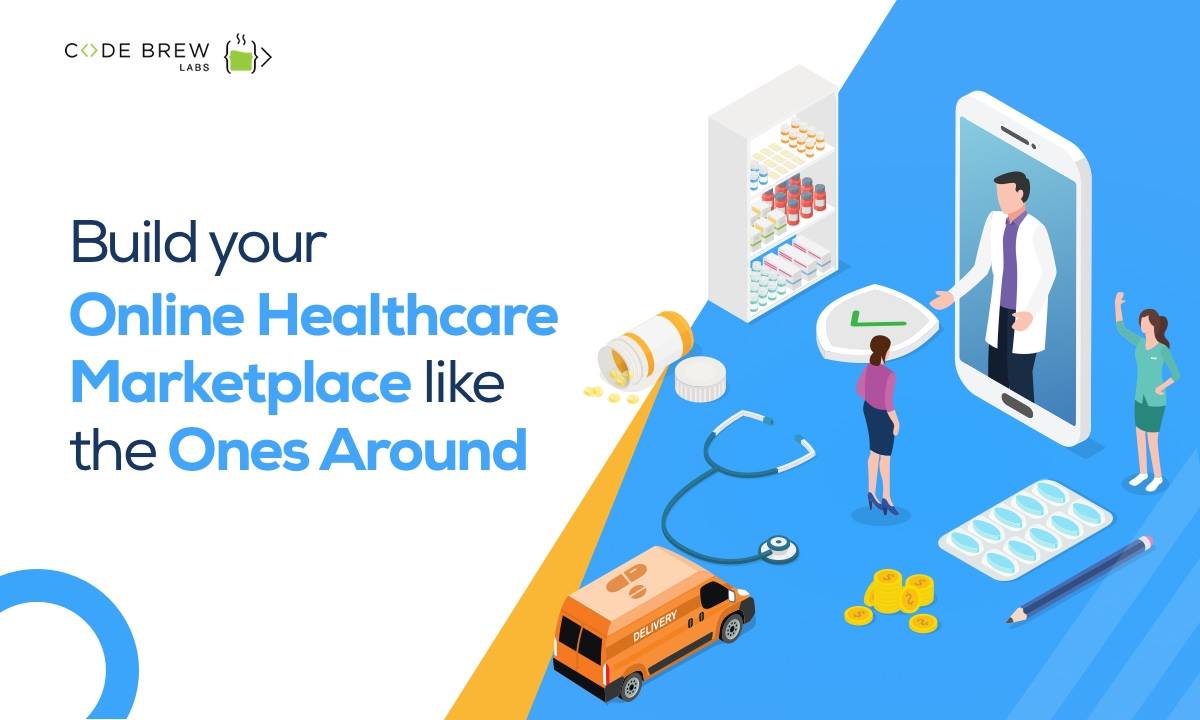Recognizing the Expense Savings of Subscription Based Healthcare for Families
Recognizing the Expense Savings of Subscription Based Healthcare for Families
Blog Article
Understanding the Cost-Effectiveness of Subscription-Based Health Care Designs
As the medical care landscape progresses, subscription-based versions arise as an engaging choice, guaranteeing to redefine exactly how people take care of medical expenses. Examining these versions' cost-effectiveness necessitates a nuanced contrast with traditional insurance, taking into consideration both economic implications and individual satisfaction. While they offer transparency and predictability in costs, questions remain regarding their ability to satisfy diverse healthcare requirements, specifically for specialized treatments. The point of views of doctor additionally complicate this formula, providing a diverse challenge. What does the future hold for these designs, and can they really deliver on their pledge of easily accessible, inexpensive treatment?
Overview of Subscription-Based Models
Subscription-based medical care models, sometimes referred to as direct health care or attendant medication, are increasingly gaining interest as a possible solution to inadequacies within traditional health care systems. These models operate the concept of offering individuals straight accessibility to healthcare providers through a monthly or yearly cost, bypassing the requirement for standard insurance mechanisms. This arrangement intends to improve patient-provider communications by reducing management worries, which usually prevent tailored and prompt treatment.
At the core of subscription-based designs is the focus on a much more personalized individual experience. People take advantage of boosted accessibility to their medical professionals, commonly including same-day or next-day appointments, extended appointment times, and direct interaction channels such as phone or video clip phone calls. This model promotes a proactive technique to medical care, where carriers and patients can collaboratively concentrate on preventative treatment and chronic condition monitoring.

Cost Contrast With Conventional Insurance Policy

One of the primary economic benefits of membership designs is openness in expenses. People pay a foreseeable fee, which can streamline budgeting and economic planning. Furthermore, these models commonly get rid of co-pays and deductibles for covered services, decreasing out-of-pocket investing. Conversely, traditional insurance policy may be a lot more useful for people requiring specialized treatment or expensive treatments not covered under a registration design, as they gain from the wider coverage network and cost-sharing systems.
However, cost-effectiveness is context-dependent. While registration designs may provide financial savings for those largely requiring health care, people with persistent problems or specialized medical care needs could find typical insurance coverage a lot more thorough. Examining details healthcare demands and possible use is essential in figuring out the most cost-efficient alternative for people.
Effect on Client Satisfaction
Patient complete satisfaction within subscription-based health care models usually shows a substantial enhancement over conventional insurance systems. This improvement is primarily credited to the customized care and availability these designs use. Individuals frequently report higher satisfaction due to decreased wait times and the ease of scheduling consultations. Unlike standard systems, where clients may experience hold-ups in receiving care, subscription-based versions make sure even more timely and direct interactions with doctor.
Furthermore, the transparency in costs connected with subscription-based health care reduces the usual irritations connected to unanticipated charges and intricate invoicing processes seen in typical insurance coverage (subscription based healthcare). People value knowing the specific financial dedication upfront, bring about enhanced trust and self-confidence in their health care management
In addition, the emphasis on preventative care and wellness in registration designs adds to improved health and wellness end results, even more boosting person fulfillment. By concentrating on recurring health and wellness maintenance instead than episodic care, clients experience an even more alternative and continuous health care trip.
Moreover, the boosted provider-patient connection promoted in these versions, identified by even more time invested per person and customized focus, plays a critical role in raising person satisfaction levels, as clients really feel truly looked after and understood.
Company Experiences and viewpoints
From the provider's viewpoint, subscription-based healthcare designs provide a transformative technique to supplying clinical solutions. These versions stress a preventative and aggressive medical care strategy, allowing suppliers to concentrate on extensive individual treatment without the restrictions of conventional fee-for-service arrangements (subscription based healthcare). This shift in emphasis often results in boosted client end results and boosted service provider contentment, as medical care professionals can allocate more time and sources to client interaction and individualized care plans
Furthermore, membership models facilitate predictable profits streams, which improve monetary security for health care suppliers. This predictability enables improved resource preparation and appropriation, adding to a more reliable medical care distribution system. Service providers can invest in team training, infrastructure, and modern technology improvements, thus enhancing the quality of care used.
Nonetheless, the transition find out this here to subscription-based designs is not without obstacles. In spite of these obstacles, numerous service providers locate check this site out that the benefits of increased patient interaction and streamlined operations outweigh the preliminary difficulties, making subscription-based designs an appealing choice.
Future Leads and Difficulties

A primary challenge is regulatory conformity, as subscription designs need to follow developing healthcare policies and insurance coverage requirements. This necessitates continuous adaptation and technology to make sure placement with legal standards. Furthermore, integrating these models right into existing medical care infrastructures can be intricate, calling for considerable financial investments in technology and training.
There is likewise the prospective threat of creating inequities in healthcare access, as membership versions may favor those who can afford them, leaving susceptible populations underserved. Resolving this requires thoughtful consideration of rates methods and aid mechanisms to guarantee inclusivity.
Final Thought
Subscription-based healthcare models provide a viable choice to traditional insurance by providing economic predictability and openness, especially profiting people with chronic conditions or constant healthcare demands. The cost-effectiveness of these models is contingent upon individual medical care usage patterns and situations.
Subscription-based health care versions, sometimes referred to as direct primary care or attendant medication, are progressively obtaining focus as a potential option to ineffectiveness within typical health care systems. Unlike standard systems, where people might experience delays in obtaining care, subscription-based versions guarantee even more timely and straight communications with medical care service providers.
These versions highlight a positive and preventative healthcare approach, enabling service providers to concentrate on thorough client care without the restraints of conventional fee-for-service plans. As these models continue to gain grip, they offer the possible to transform patient access to look at more info care, enhance solution delivery, and enhance medical care spending.Subscription-based health care versions offer a feasible option to standard insurance by supplying monetary predictability and transparency, specifically benefiting people with persistent problems or regular medical care requirements.
Report this page